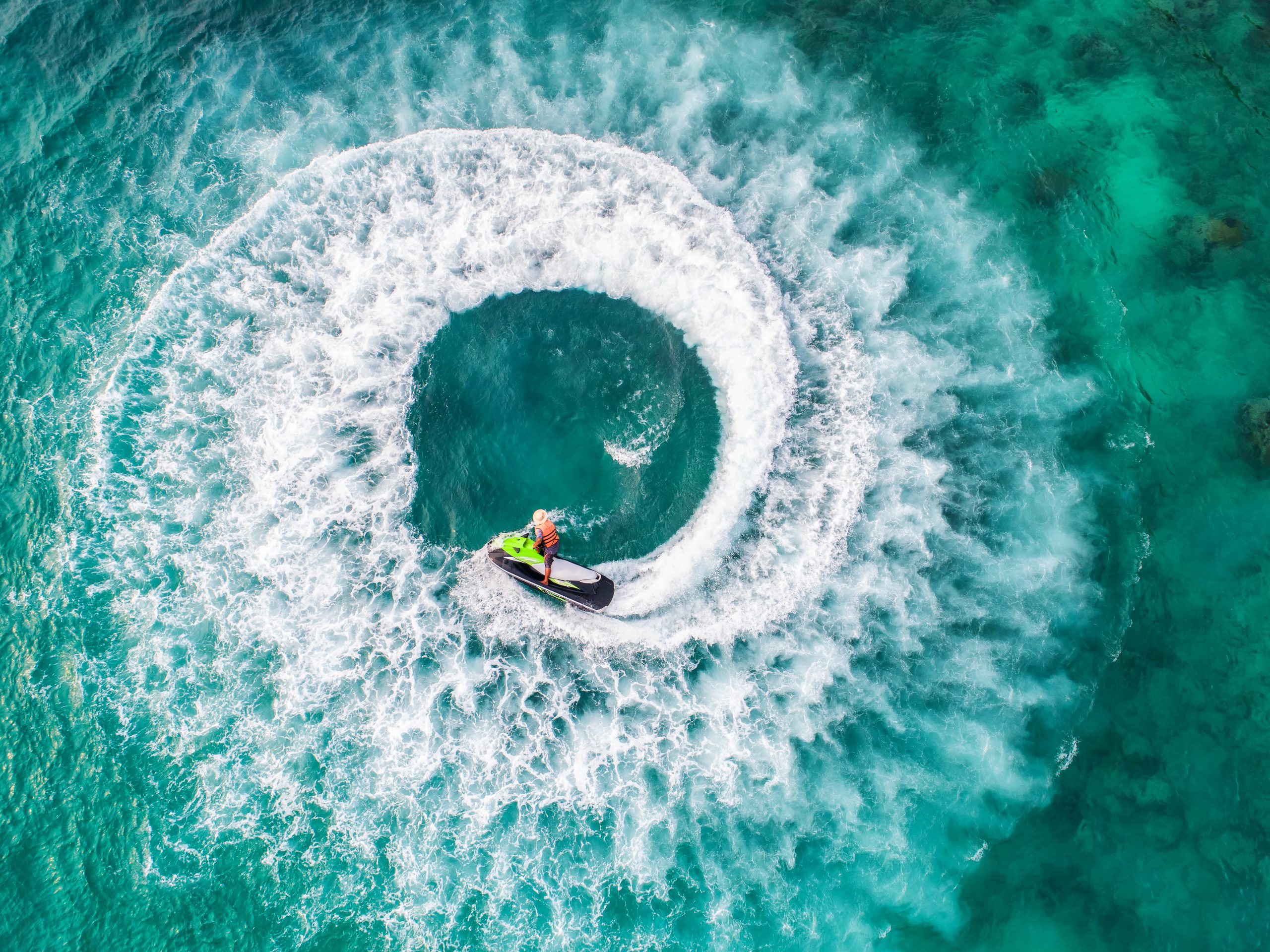The Art of Capturing the Universe: A Photographer’s Guide to Stunning Astrophotography
The night sky has long captivated humanity with its mesmerizing beauty and vast expanse. In the age of digital photography, capturing the wonders of the universe has never been easier for amateur and professional photographers alike. With the right equipment, techniques, and a bit of patience, anyone can create stunning images of the cosmos. In this article, we will explore the art of astrophotography and provide a guide for those looking to delve into this captivating field.
Astrophotography is a unique blend of art and science, requiring both technical skill and creative vision. The key to successful astrophotography lies in understanding the equipment and techniques needed to capture the night sky in all its glory. A good camera with manual settings, a sturdy tripod, and a remote shutter release are essential tools for capturing sharp and clear images of the stars. Additionally, a fast lens with a wide aperture is crucial for capturing the faint light of distant galaxies and nebulae.
One of the most important factors to consider when photographing the night sky is light pollution. Light pollution from cities and towns can wash out the stars and make it difficult to capture the true beauty of the night sky. To avoid this, it is best to find a dark sky location away from artificial light sources. National parks, remote forests, and deserts are ideal locations for astrophotography, offering clear skies and minimal light pollution.
Once you have found a dark sky location, the next step is to set up your equipment and frame your shot. A wide-angle lens is ideal for capturing the vastness of the night sky, allowing you to include the Milky Way, constellations, and other celestial objects in your composition. Experiment with different compositions, angles, and settings to create unique and captivating images that showcase the beauty of the universe.
When photographing the night sky, it is important to use a long exposure to capture the faint light of the stars. Start with a shutter speed of 20-30 seconds and adjust as needed to achieve the desired exposure. A low ISO setting will help reduce noise in your images, while a wide aperture will allow more light to reach the sensor. Be sure to focus carefully on the stars or use manual focus to ensure sharp and clear images.
In addition to capturing the stars and constellations, astrophotography also offers the opportunity to photograph other celestial objects such as planets, galaxies, and nebulae. With a telescope or telephoto lens, you can capture stunning images of distant galaxies like Andromeda, the rings of Saturn, or the colorful clouds of the Orion Nebula. Experiment with different focal lengths, exposure times, and post-processing techniques to create unique and captivating images of the cosmos.
Astrophotography is a rewarding and challenging field that requires patience, dedication, and a love for the night sky. By mastering the technical skills and creative vision needed to capture the universe, photographers can create stunning images that inspire wonder and awe. So grab your camera, head to a dark sky location, and start capturing the beauty of the cosmos. The universe is waiting to be captured in all its glory.




